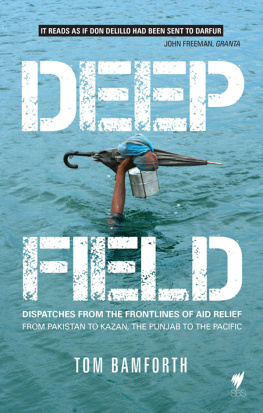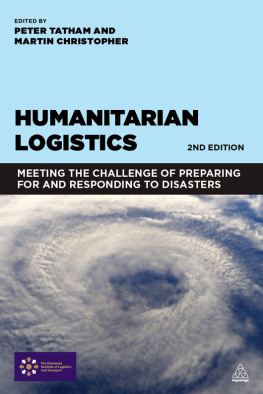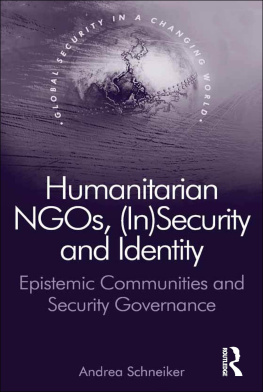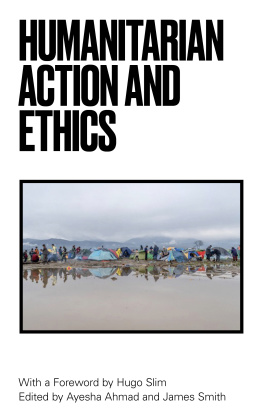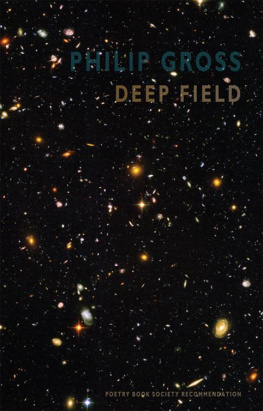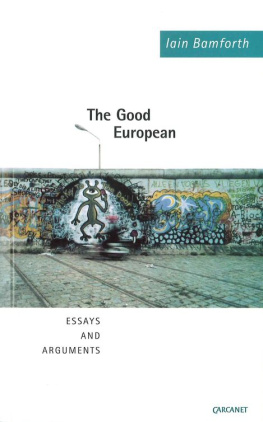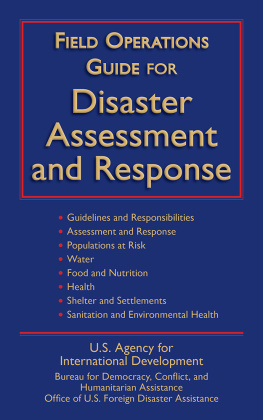CONTENTS
PART 1 PAKISTAN, 2005
Colonels, cricket and winter in the Himalayas
PART 2 DARFUR, 2007
Antonovs, technicals and the insane logic of war in the desert
PART 3 THE PACIFIC, 2013
Typhoons, tsunamis and the encroaching sea
PART 4 KAZAN, 1999
Student days: Counting the cost of post-Soviet state collapse
Children ran through the streets, men played volleyball on the central maidan, and the sounds of music, laughter and learning drifted from the schools on the humid afternoon air. The cool houses with deep eaves and thatched roofs were a far cry from the squalid settlements where I had worked with other refugees fleeing war and natural disaster. In Pakistan families froze in the rain and mud of the Himalayan winter, living for months beside open sewers and in ancient canvas tents. In Sudan vast temporary cities grew in the desert. They were violent microcosms of conflict, unemployment and persecution. Women risked attack in the daily search for water and firewood. I had braced myself before arriving at the Mae Hong Son refugee camp, on the ThaiBurma border, but I found myself in a pleasant village of ethnic Karennyi refugees.
Resplendent in a pink shirt and fresh from a recent scholarship to Oxford, the Thai camp commander dazzled with his enamelled self-confidence, his progressive views and his conviction that he was soaring to the top. Here were schools and resources, committed NGOs. The Commander expressed his concern for the plight of the refugees, and declared his willingness to bend the strict application of Thai law in order to allow the people in the camp the chance to lead lives that were as ordinary as possible. His body language acted out his words of friendship and unitya supportive hand on the shoulder, a touch of the arm, a courteous incline of the head.
But this was more like 19th-century Russia than the modern day: a liberal feudalalmost falsely at easepresented his progressive new model village. For him, this was a harmonious, almost Tolstoyan, experiment where 16,000 people would lead the ordinary lives that had been denied them by their own state, under the watchful beneficent patriarch of Thailand. There was even a decent enough clinic, staffed and equipped, and roosters meandered in and out of the maternity ward. Once the women in the community knew I was coming, endless streams of woven shawls and fabrics were produced for sale. The air of the place appeared to be one of functionality, normality, even jollity.
The reality of refugee life in Thailand, however, takes place below the choreographed surface of such interactions. Subtle hints of a different world would occasionally emerge through the cloud of bonhomie and busy, but ultimately purposeless, activity.
Men in uniform accompanied me everywhere and took an endless series of photossome of which found their way onto the Commanders Facebook page. And when the Commander placed an empathetic and comradely arm around the refugees to whom I spoke, they recoiled perceptibly. Even if he was one of the more liberal bureaucrats, with populist sympathies, he was still a representative of a state that had not signed the UNHCR Refugee Convention. It is also a state that has created an elaborate system of variegated citizenship and residency rights that excludes as many as three million people (refugees and hill tribes) from its formal legal protection, keeping them in a condition of economic and social vulnerability. To benefit from this influx of stateless people, the Thai government had established major manufacturing centres along the border where labour is cheap and desperate and rights are few. Human traffickers lurk near here, promising better futures for the rural poor, who instead are led into a sexual and industrial slavery that would be unimaginable were it not real.
The impression of ordinary village life was similarly misleadingrefugees could not legally leave the camp, could not work or gain access to the upper levels of the Thai education system. While rules were periodically bent, the refugees were entirely reliant on the ongoing delivery of food and supplies by aid agencies and had lived in this condition of compound, inter-generational dependency for twenty-five years. With the financial crisis, aid budgets had been cut and already food supplies had been reduced. Discussions about sustainability and potential camp closure had begun.
The Karennyi refugees could not return home while the Burmese state continued its persecution of ethnic minorities. Mistaking the friendliness of the camp commander for genuine openness, I asked about the political affiliations of the refugees. Did they have contact with opposition groups in exile in Thailand? Under what conditions would they return to Burma? But silence descended on the group when I asked the commander to discuss anything beyond the realities of daily life in the camp and the perennial wait for return or resettlement. The collapse of minority opposition to the Burmese state in the mid-nineties and regular military action since then had left behind a deeply damaged homeland under military occupation. Those who remained faced the brutalising force of an occupying regime: forced labour, land confiscation, involuntary relocation, arbitrary (in)justice including detainment and execution, sexual violence and environmental degradation left by government-controlled mining and forestry interests. Resettlement of the entire community had been offered by Scandinavian, Australian and US governments, but fewespecially the older refugeeswere willing to resettle and risk losing their identity, their culture and the possibility, however remote, of going home. What, after a life of farming in the Burmese hills, would such people do in freezing Minnesota, where most were granted resettlement? Effectively, the majority were stuck in an intergenerational limbo that would not end until the fall of the current Burmese regime or the Thai government lost its patience.
While some of the refugees joined opposition militias and tried to fight on, others were resigned, their slowly fading hope forming corrosive lines across their faces. Some, like a young schoolteacher, tried to impart language and computer skills to those seeking a future overseas. A local self-help group, the Karennyi National Womens Organisation, combined fiery political activism with household industry to generate at least some income. It was the women who carried on, kept things together and were politically active; their high seriousness and dedication were astounding. They were the economic foundation of the refugee communitys survival, starting cottage industries and continuing traditional crafts, selling hand-woven clothes to the tourists who flocked to northern Thailand. When I met them at a fabric-making workshop outside the camp, I found that they were direct and politically assertive in the way that the men were not. They were proud members of the Karennyi National Womens Organisation, dedicated both to improving the economic and social conditions of refugee Karennyi women as well as the broader political goal of returning home to a fully democratic Burma.
A malaise seemed to have descended over the men. Some younger ones had returned to the jungles to fight with Karennyi militia against government occupation of their ethnic homelands. They had quickly realised, however, the futility of taking on the well-supplied Burmese army and had become disillusioned by the fractured politics of the hill-tribe opposition movements, which had been militarily defeated more than fifteen years before. So not for these refugees the exuberance and hugs of the camp commander. Theirs was a limbo for which a workable solution would not be found within their lifetimes.

